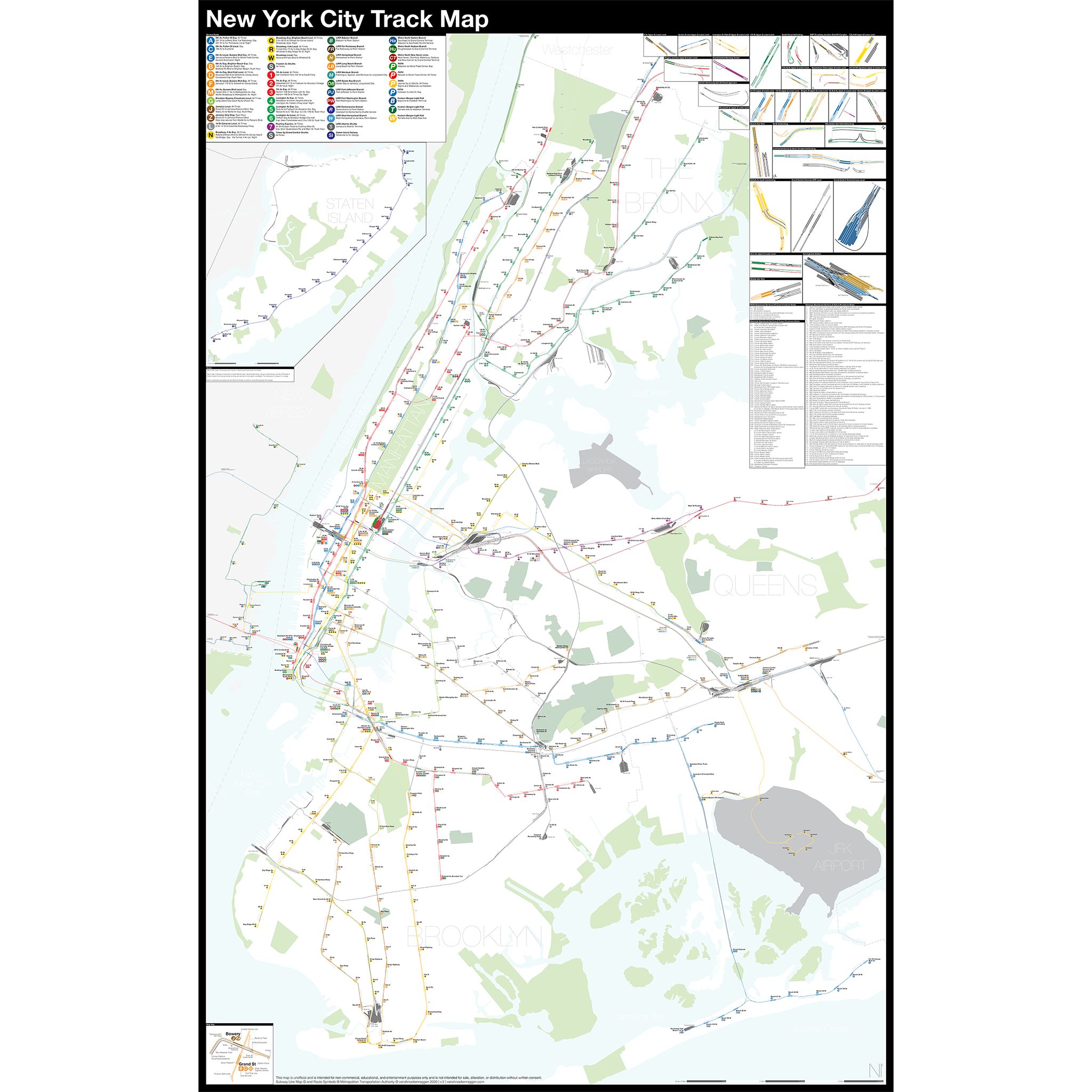
Anyone who rides the subway is familiar with the standard subway map, a cartoon version of the real thing which is designed to aid the rider through their travels. The geography of the subway is such that there are places where many lines are close together which would clutter an accurate map, which results in subway maps expanding these areas. The inverse is true in the outer boroughs where lines can be spaced further apart taking up extra space on a map, so subway maps often condense these areas.
Because of this designed distortion, the subway map as we know it is more of a diagram: the important information like the color of lines and stations are there, but the non-essential details are distorted or removed. The subway map just has a simple line to indicate a train when in reality lines consist of a pair of tracks or more if there is express service; there are also crossover tracks, so trains can switch tracks. Stations usually consist of multiple platforms, sometimes in odd configurations. But the simple subway map condenses this information to show subway lines as simple single colored lines and stations as simple dots.
To show a system map as it truly exists, you need to find a track map. A track map is exactly what it sounds like, a map showing the individual tracks, crossovers, and station platforms as they really exist. Track maps are often drawn as simple schematics, with straight lines for rails and boxes for station platforms. Most people would never have to use one, and in fact their primary use is in control towers to display where trains are and which switches are thrown (therefore showing the route of a train). Because the control tower only needs to know where trains are and where they are going, the track maps are even simpler than subway route maps.
For the subway buff there has been one track map that is considered dogma: Peter Dougherty’s system maps first published in 1996 (having since been updated by others) and available at nycsubway.org as well as in print. Additionally, Robert Marrero designed his own map called 472 Stations, 850 Miles with a cleaner design ethos using 90 and 45 degree angles. In my monk-like research into all things unbuilt I have also found may fan sketches of sections of the subway to show proposed lines. But all of these maps left me wanting; they are still diagrams that have no accurate geography to understand where the trains, tracks, and stations really are.
As I am always tinkering with ideas to expand the subway, I found these inaccuracies too limiting and set out to draw my own track map as accurate as possible. Collecting every historical map I could find, using GIS data, satellite imagery (both current and historic), YouTube videos of fan trips, my own observations looking out the window of trains through tunnels, and talking to retired track workers I was able to draw what I believe to be the most accurate track map of the NYC Subway ever.
Features I’ve added to the map are all provisions for future expansion and abandoned sections, with a notes section explaining each one, as well as an exploded view for the more complex stations and areas obscured by overlapping tracks. I’ve elected to remove all streets as not to clutter the map and also not to imply that specific sections (such as crossovers) are perfectly aligned to the street grid. While the map is geographically accurate at this scale, tracks had to be spaced far enough apart to read correctly, so lines are not perfect aligned with the widths of the streets. Also, some train yards have been truncated to fit within the geographical boundaries of the map.
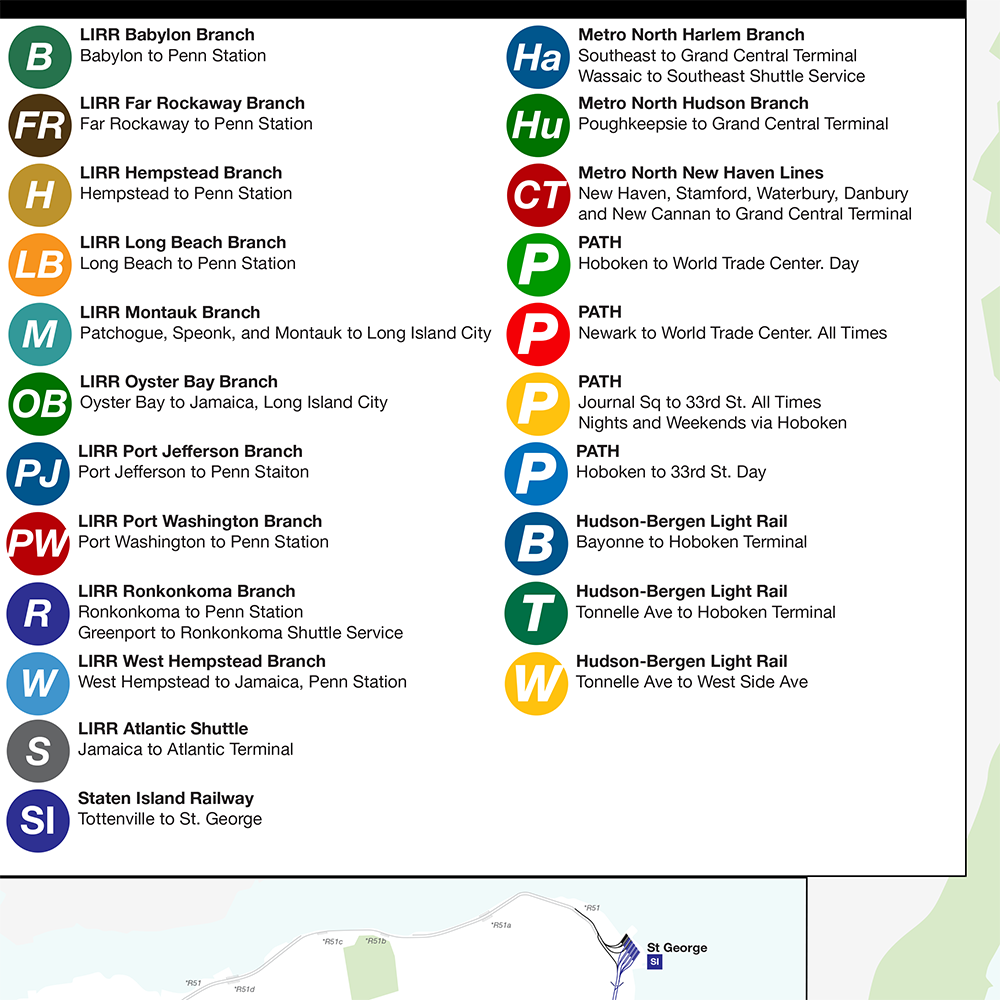
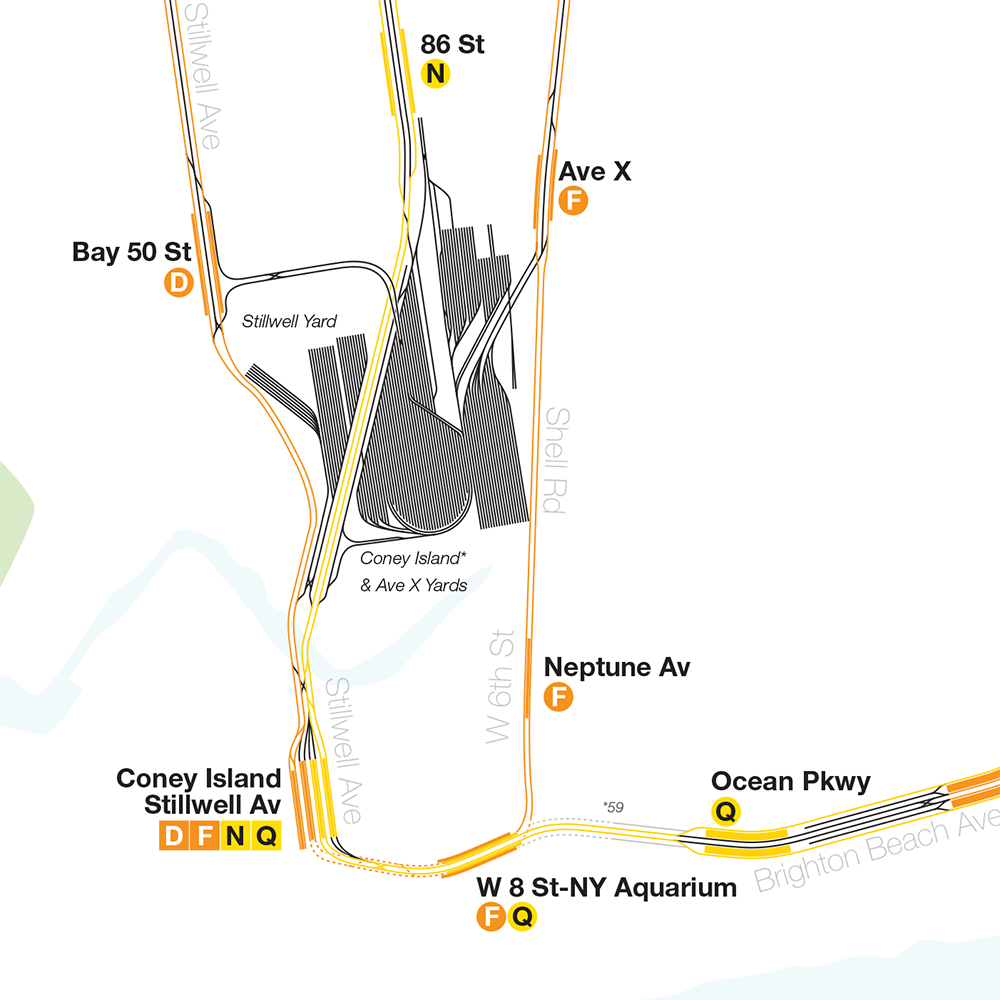
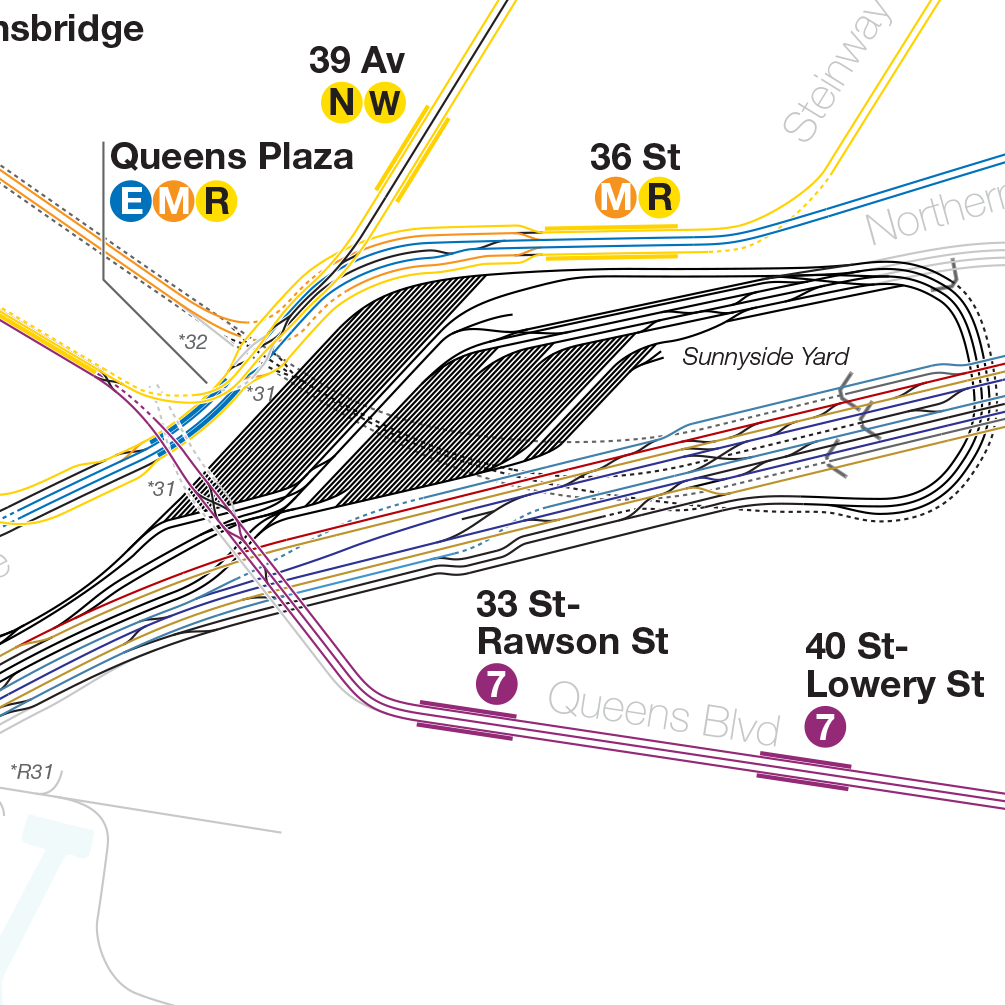
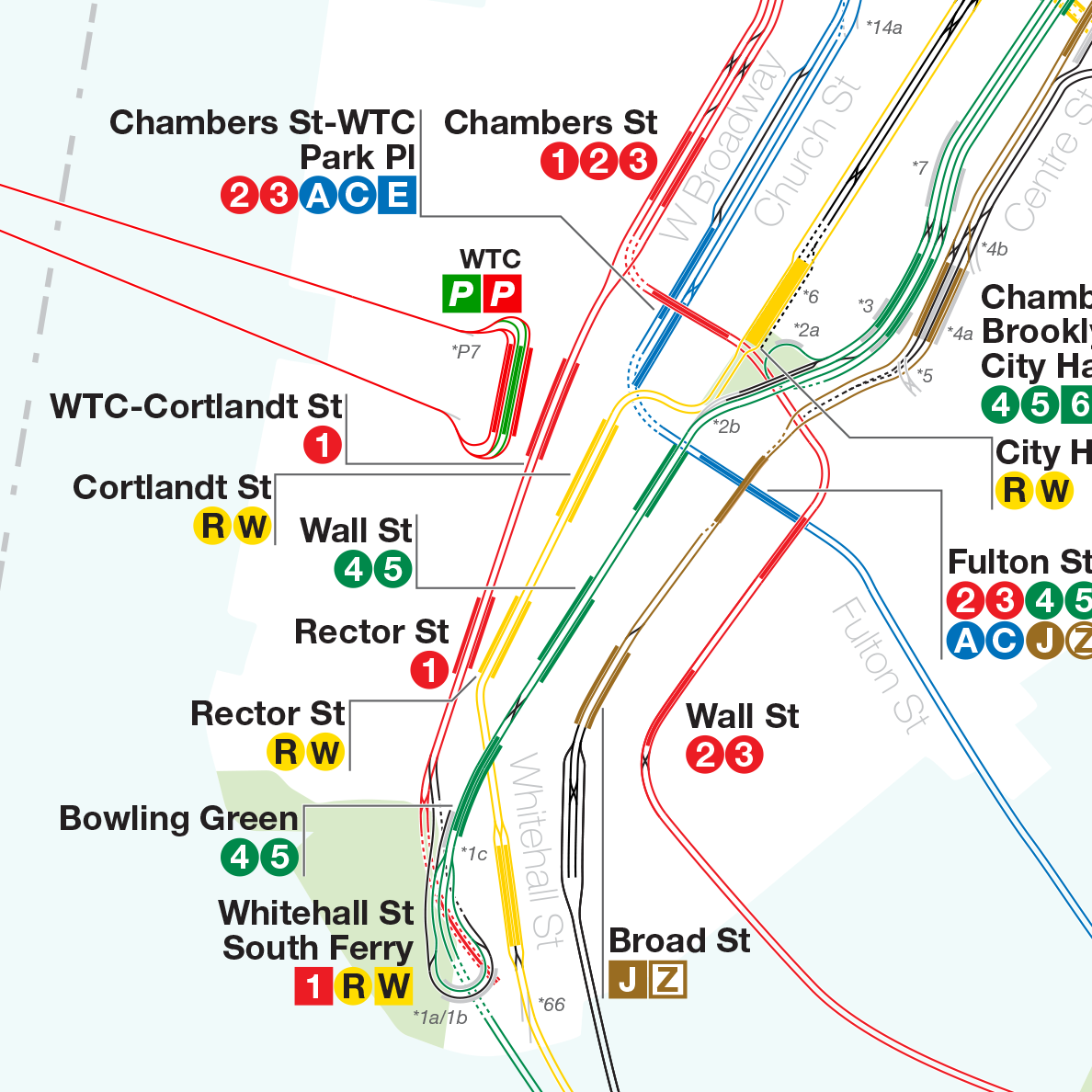
As I’ve striven to be as accurate as possible given what I can find any additional corrections or insight is welcomed. Please leave me a comment here or email me at [email protected]

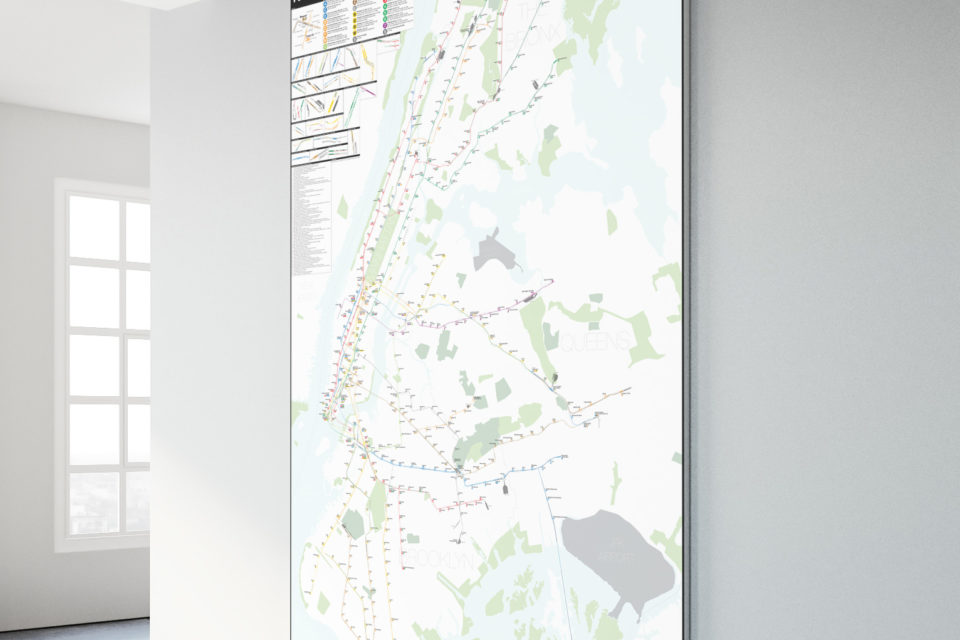

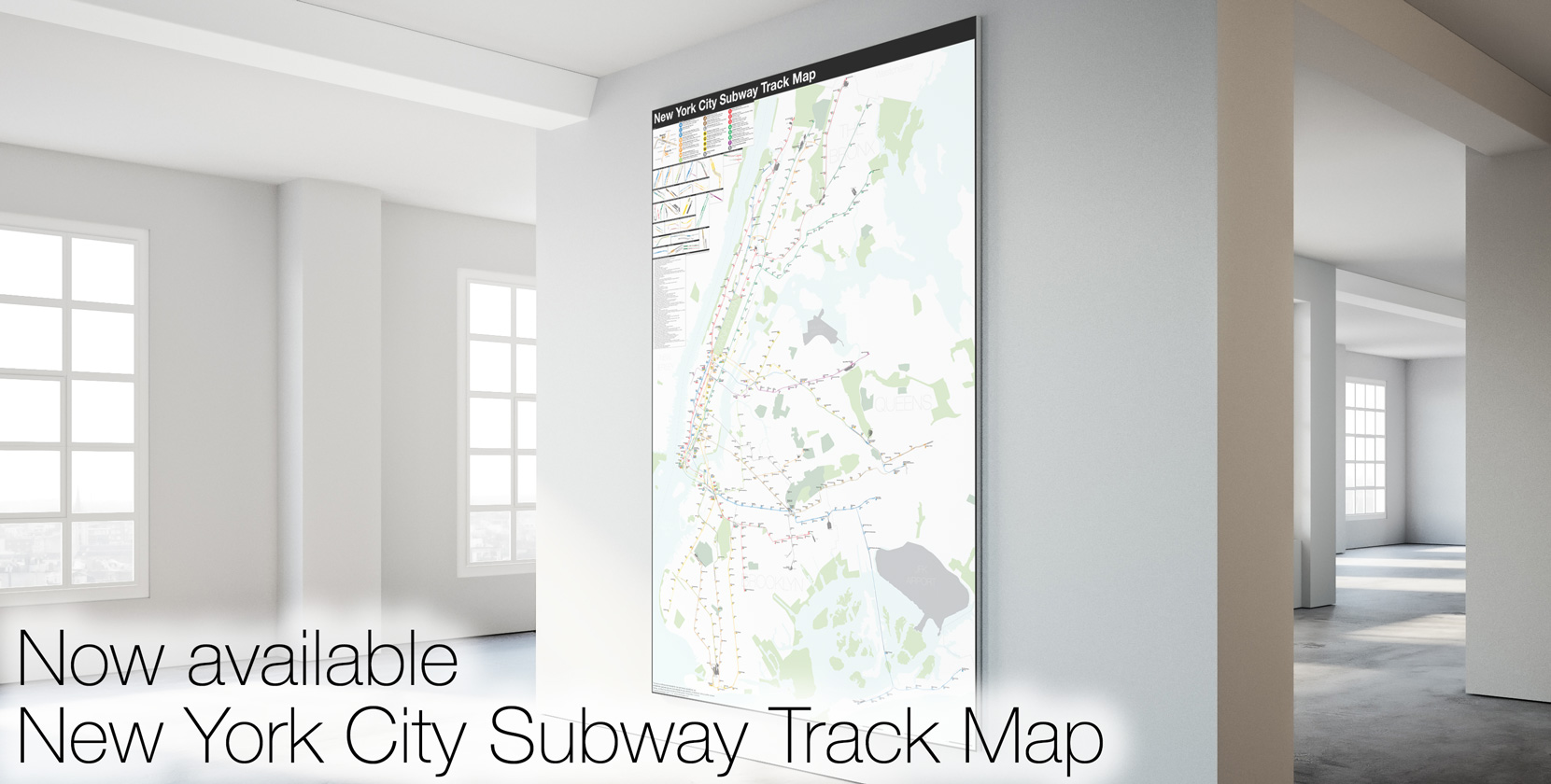
Note 54b should read “Ditmas Avenue trackway,†not “Ditmars Avenue.†Ditmars Avenue is in Queens.
It says Parso instead of Parsons Blvd in the service guide for the J.
Hey, I apologize for asking the following question (if you’re annoyed with this question) but when is the next futureNYCsubway map coming out????
Well now that I’m done with this I’m back working on that project. Idk, sometime soon. I made the track map to test my ideas so if they work as I hope I’ll publish it soon.
This map is great. I appreciated your notes. However for abandonments could you include the date of closure (or is there a single source where I could find this)? I would also like to see for future expansions that were never built a map or maps that show the full extent of the expansion, If there was a date in which the extension was originally intended to be completed, that info would be appreciated as well. Thanks.
The dates are a good idea. As for expansion the only issue I have is that most of the proposals didn’t get this far planned out. There are track maps for certain sections but not full lines.
I am an aspiring map maker of the future of the NYC Subway. I live in Manhattan so I am practically surrounded by the subway 🙂 . Your posts are a huge inspiration for me and I always look at your site. I use Adobe Illustrator creating my maps as well.
My question is, could you make a guide or tutorial of the basics for creating your maps? For example, outlines of boroughs, locations, route paths, stations, map keys and closeups of crowded areas. I imagine this will be a huge help for people who have their own ideas about how the subway will look.
As I said, I really admire your work. I also enjoy seeing your perception on how the map and city was in the past, present, and the future, and how old plans would have a significant impact on the city.
🙂
Thanks for the support and I wish you well! I’d check out http://transitmap.net , Cameron Booth has plenty of Illustrator tips and walk thrus, some of which have helped me greatly.
At 81 Street it is the Museum of Natural History, not Natural History Museum.
What a beautiful map! I look forward to seeing it in poster form so I can get one for my son’s room; he’s 5 and loves the subway. Meanwhile, along the no. 6 train, the street label for “Whitlock Ave†(not the station label for Whitlock Av) is spelled incorrectly.
Would have thought you’d need much more space to store all those trains. What a telling map
You did not correct the mistake at 81st Street. Briarwood is now just called Briarwood. There are no stations named East Gun Hill Road. They are just Gun Hill Road.
Got ’em. Also fixed the Northern Blvd bow out.
Hey Andrew (vanshnookenraggen) what software did you use to make this track map, I’m curious to know
Adobe illustrator
As a now ancient ex-New Yorker AND ex-Bostonian and lifelong subway aficionado, I have always loved your work. I have 3 suggestions 1. A typo South 4th Street subway, not “sunway;†2. How about a separate file to cross-reference the excellent notes to the numbered entries on the main map (so that can be checked without scrolling back up); 3. Including the PATH tracks, at least those in Manhattan within the range of the main map. Thanks again for your wonderful work.